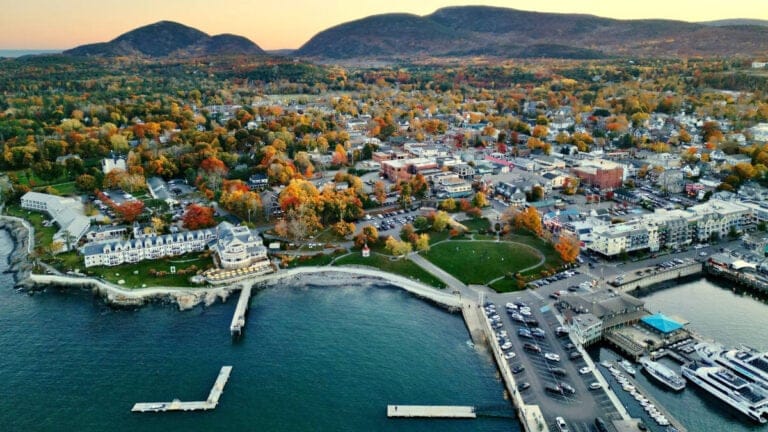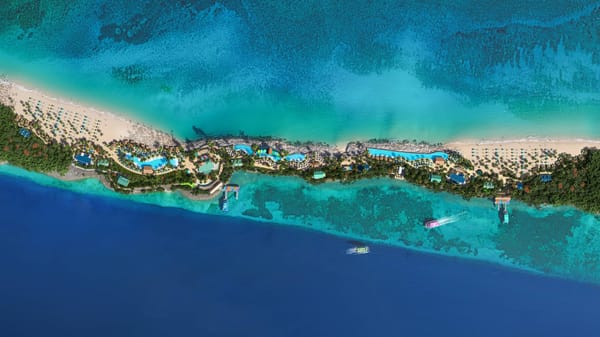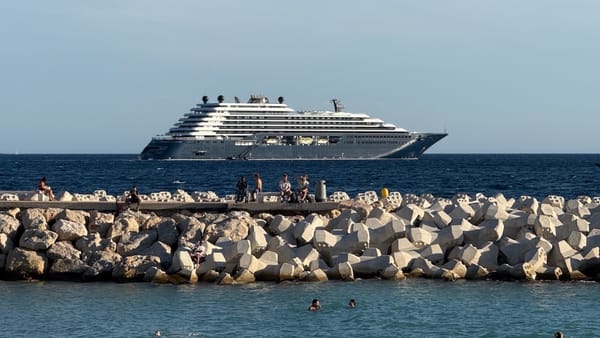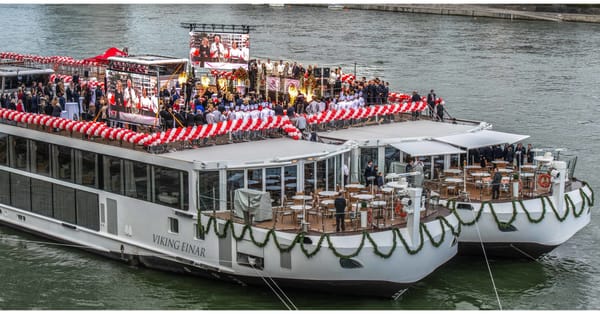Federal Court Upholds Bar Harbor Cruise Cap, Orders Further Commerce Review
The court’s decision highlights ongoing tensions between local control, economic interests, and tourism management, with wider implications for other coastal communities facing overtourism.

A federal court's decision to largely uphold Bar Harbor, Maine’s controversial ordinance limiting daily cruise ship passenger disembarkations to 1,000 continues to fuel debate over local authority, interstate commerce, and the long-term impact on regional tourism. While the 1st U.S. Circuit Court of Appeals affirmed the town’s right to impose such a cap under its home rule authority, it remanded the case to the district court, calling for a more detailed examination of whether the ordinance excessively burdens interstate commerce compared to its stated benefits.
Bar Harbor’s Cruise Passenger Cap: Background and Rationale
The ordinance originated from a November 2022 referendum, where 58% of Bar Harbor voters approved a measure restricting cruise ship disembarkations to 1,000 passengers per day. Town officials introduced the cap to address concerns about congestion, manage overtourism, and improve the quality of life for residents and visitors. Before the regulation, Bar Harbor, often considered a gateway to Acadia National Park, saw over 270,000 cruise visitors annually, with many ships bringing between 2,000 and 4,500 passengers at a time.
Supporters of the voter-approved initiative argued that the measure was necessary to alleviate overcrowding and preserve the town's economic and environmental sustainability. However, it faced immediate opposition from local businesses, pier owners, and cruise industry representatives, who warned of significant economic disruption and logistical challenges. The measure officially went into effect at the start of Bar Harbor’s 2024 cruise season, sparking lawsuits and reshuffled itineraries from major cruise operators.
Legal Challenges and the Circuit Court Decision
Shortly after the ordinance's approval, a coalition of plaintiffs, including local businesses, pier operators, and maritime associations, filed suit, claiming the measure violated federal laws regulating interstate commerce. By February 2024, a district court in Bangor upheld most aspects of the ordinance, ruling that Bar Harbor had the authority under its state-granted home rule powers. However, the plaintiffs appealed, primarily arguing that the regulation overly burdened interstate commerce.
In August 2025, the 1st U.S. Circuit Court of Appeals issued its mixed ruling. A three-judge panel comprising Chief Judge David Barron, Judge William Kayatta, and retired U.S. Supreme Court Justice Stephen Breyer affirmed the town's right to regulate cruise traffic but directed the district court to reassess the ordinance’s compliance with the Commerce Clause of the U.S. Constitution. Specifically, the appellate decision called for a deeper evaluation of the ordinance's regional impacts on tourism and whether its goals could be achieved through less restrictive measures.
“The balancing analysis must account for not only the local benefits but also the broader implications for interstate commerce,” the opinion noted. The district court is now tasked with determining whether potential alternatives, such as seasonally adjusting passenger caps or negotiating regional agreements, could achieve the town’s congestion-mitigation goals while imposing fewer restrictions on multi-port itineraries and related commerce.
Impact on Cruise Ship Activity and Economic Dynamics
The ordinance has already led to a sharp decline in cruise ship traffic to Bar Harbor. Major cruise operators, concerned about operational disruptions and capacity constraints, have rerouted larger vessels to ports elsewhere in Maine or even Canada. Notable exceptions include smaller luxury ships like the Seabourn Sojourn, Crystal Serenity, and Norwegian Cruise Line’s Norwegian Gem and Norwegian Getaway, which fall within the passenger limits.
The regulation has polarized the local economy. Retailers, restaurants, and tour operators dependent on cruise visitors report decreased foot traffic and financial losses, while many residents and small business owners see the cap as a positive step. Advocates of the ordinance argue that limiting large-scale tourism could lead to a more sustainable, higher-value visitor economy over time.
Regional and Industry-wide Implications
The 1,000-passenger cap has raised concerns among cruise industry experts about the potential for similar measures in other ports along the New England–Canada corridor. Critics warn that inconsistencies in local regulations could disrupt multi-port itineraries, create logistical hurdles for cruise lines, and undermine the industry’s post-pandemic recovery. Stakeholders are closely monitoring the legal proceedings as they could establish a precedent for how municipalities address overtourism while balancing economic interests and regional cooperation.
Meanwhile, the legal battle continues to unfold, with U.S. District Judge Lance Walker now charged with revisiting the ordinance’s economic and logistical burdens under the Commerce Clause. Depending on the outcome, further appeals are likely, ensuring that legal, economic, and environmental aspects of cruise tourism in Bar Harbor remain contentious issues for years to come.
Frequently Asked Questions (FAQs)
Why did Bar Harbor impose a cruise passenger cap?
Bar Harbor’s 1,000-passenger limit was introduced via referendum in 2022 to address concerns about overcrowding, visitor congestion, and the impact of mass-scale tourism on local quality of life and the environment. The policy aims to preserve the town’s character and visitor experience while managing its role as a gateway to Acadia National Park.
What did the 1st U.S. Circuit Court of Appeals decide?
The appeals court upheld most of the ordinance, affirming Bar Harbor’s authority under its home rule powers. However, it remanded the case to the district court for further review on whether the ordinance imposes an undue burden on interstate commerce under the Commerce Clause.
How has the ordinance affected cruise ship traffic?
Since taking effect in 2024, the regulation has reduced cruise visits to Bar Harbor. Some larger ships have rerouted their itineraries to other ports, while smaller vessels like the Seabourn Sojourn and Crystal Serenity continue to call at the port within the cap's limits.
What are the major legal questions surrounding the ordinance?
Key questions include whether the 1,000-passenger daily cap places excessive restrictions on interstate commerce and if the same goals could be achieved through less restrictive measures. The district court will also evaluate the regulation’s ripple effects on regional tourism operations across New England and Canada.
What could this case mean for other ports in the region?
The case is being closely watched as its outcome could influence similar policies in other New England and Atlantic Canadian ports. The legal precedent may shape how municipalities balance tourism management with economic and logistical considerations across multi-port cruise itineraries.




